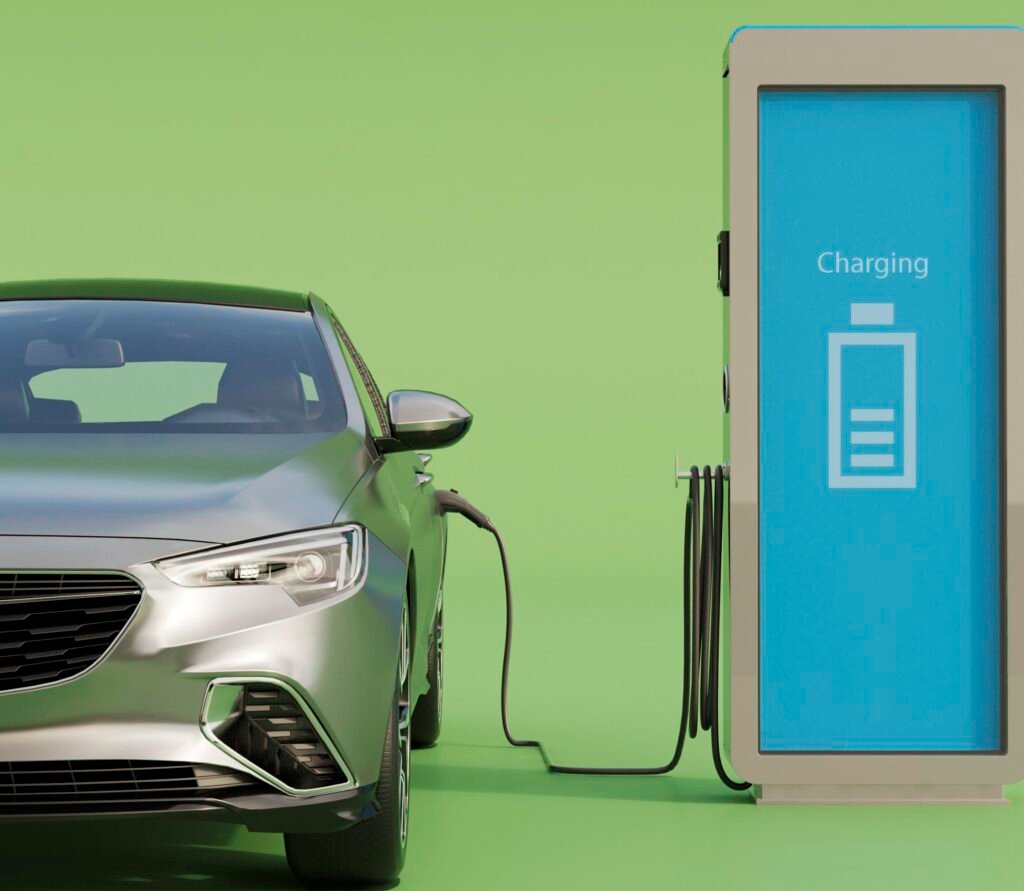Table of Contents
ToggleDefinition
Hybrid Solar PV-TEG system involves combining a PV cell with a thermo-electric generator (TEG) to form hybrid PV-TEG systems, which simultaneously improve the energy conversion efficiency of the PV system by reducing the operating temperature of the PV modules and increasing the power output by utilizing the waste heat generated from the PV system to generate electricity via the TEGs.
Introduction
The development of alternative renewable energy technologies is crucial for alleviating climate change and promoting energy transformation. Of the currently available technologies, solar energy has promising application prospects owing to its merits of being clean, safe, and sustainable.
Solar energy is converted into electricity through photovoltaic (PV) cells, however, the overall conversion efficiency of PV modules is relatively low, and most of the captured solar energy is dissipated in the form of heat. This not only reduces the power generation efficiency of solar cells but may also have a negative impact on the electrical parameters of PV modules and the service life of PV cells.
To overcome the shortcomings,Solar Hybrid PV-TEG system is best solution to get efficient power and convert to waster heat into electrical power through TEG(thermoelectric generator).
Hybrid solar PV-TEG (Photovoltaic-Thermo-electric Generator) systems combine photovoltaic (PV) cells, which convert sunlight into electricity, with thermo-electric generators (TEGs), which generate electricity from the temperature difference between two surfaces.
Method of Working

A hybrid PV-TEG system usually includes PV modules, TEGs, and a cooling system, where PV arrays are mounted on the upper surface of the TEG as the hot side, and the heat sink is arranged on the other surface of the TEG as the cold side.
Thus, a reasonable temperature between the cold and hot sides of the TEG can be maintained to achieve a higher energy conversion efficiency. PV modules mainly absorb ultraviolet (UV) and visible light, whereas TEGs absorb the rest of the radiation spectrum and convert part of the waste heat generated by the PV into electricity.
Finally, the remaining waste heat is transmitted to the heat sink by the TEGs . The PV-TEG hybrid system usually has two maximum power point tracking (MPPT) controllers and booster circuits to aggregate the power obtained from the two arrays.
Maximum power point tracking (MPPT) techniques
MPPT control techniques play an essential role in improving the power conversion efficiency of hybrid renewable energy systems, because it is crucial for hybrid systems to efficiently and precisely modify the operation point to maximize the collected power under changing operating conditions.
MPPT technique is algorithm based program which classified into traditional, mathematics-based, metaheuristic, artificial intelligence, and other.
Different MPPT algorithms applied to hybrid PVTEG systems are systematically summarized and compared according to a range of criteria in terms of the types of PV and TEG systems, solar irradiance, complexity, tracking capability, and economics involved.
Currently, most studies have focused on optimizing the structure and improving the optimization efficiency, whereas the diversity of MPPT strategies remains insufficient. The development and design of new MPPT algorithms for hybrid PV-TEG systems is still at its preliminary stages and needs to be enriched and improved.
Electrical connection between the two hybrid PV-TEG systems is done by using MPPT techniques.Suitable electrical connections in combination with MPPT algorithms may be able to achieve better energy conversion efficiencies, and the performance of series-parallel connections can be investigated and compared taking into account the interconnections and interactions between different PV and TEG power-generation modules.
Advantage of Hybrid solar PV TEGs system over Normal Solar PV system
Hybrid solar PV TEG can generate electricity from the waste heat of the solar panels, increasing the overall efficiency of the system.
Hybrid solar PV TEG can continue to generate electricity even when solar panels are not receiving direct sunlight, such as during cloudy days or at night.
By utilizing both solar and thermal energy, hybrid systems can make more efficient use of available resources, reducing waste.
Hybrid systems reduce reliance on fossil fuels for electricity generation, leading to lower carbon emissions and environmental impact.
While the initial cost of hybrid systems may be higher, their increased efficiency and performance can lead to long-term cost savings.
The dual energy source nature of hybrid systems can provide a more reliable power supply, especially in areas with inconsistent sunlight.



is interesting !!
The concept of Hybrid Solar PV-TEG systems is truly groundbreaking! 🌞🔋 By combining photovoltaic cells with thermo-electric generators, these systems not only enhance energy conversion efficiency but also make effective use of waste heat, which is often overlooked. The ability to generate electricity even on cloudy days or at night is a significant advantage, ensuring a more reliable energy supply. 🌥️💡 It’s exciting to see how this technology can reduce our dependence on fossil fuels and lower carbon emissions, paving the way for a more sustainable future. Investing in such innovative systems seems like a smart move for both the environment and our energy needs! 🌍✨
Informative!